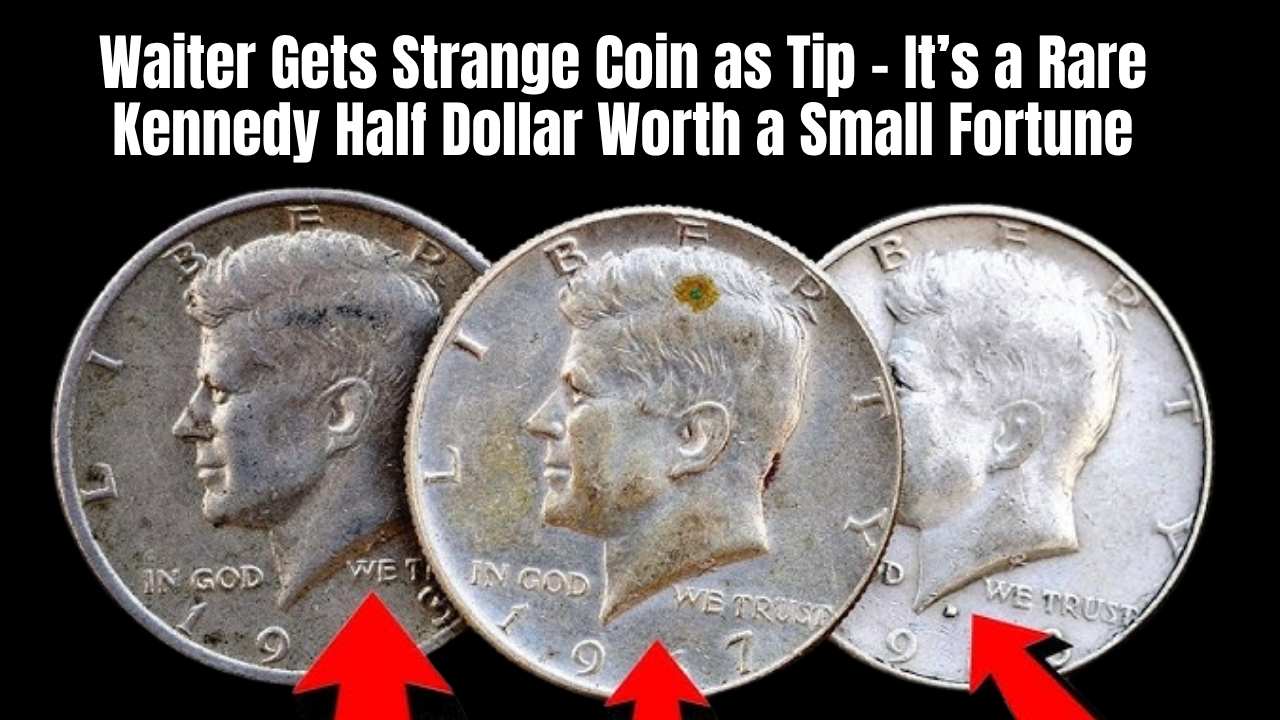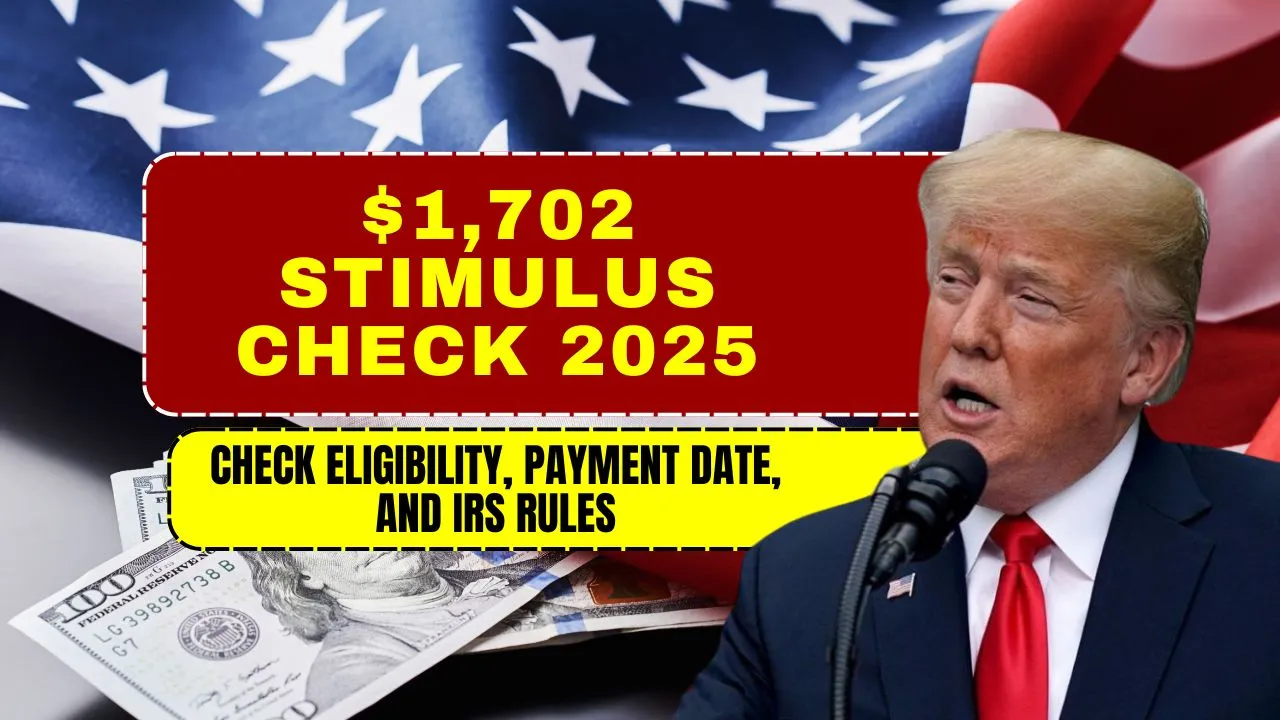The Kennedy Half Dollar stands as a unique artifact in American coinage, embodying both history and innovation. Introduced in 1964 to honor President John F. Kennedy after his tragic assassination, this coin quickly became a collector’s favorite and a national symbol of remembrance. While its original purpose was to serve as a circulating coin, its role evolved over the decades, becoming a cherished collectible and a testament to the shifting dynamics of U.S. coinage.
This article delves into the fascinating journey of the Kennedy Half Dollar from its creation to its modern-day clad versions issued since 1971. Whether you’re a coin enthusiast or simply intrigued by American history, this exploration provides insights into its design, evolution, and significance.
Quick Facts About the Kennedy Half Dollar
| Aspect | Details |
| Years of Issue | 1971-present |
| Material | Outer layers of .750 copper and .250 nickel bonded to an inner layer of pure copper |
| Weight | 11.34 grams |
| Diameter | 30.6 mm |
| Edge | Reeded |
| Obverse Designer | Gilroy Roberts |
| Reverse Designer | Frank Gasparro |
| Mintage (High) | 302,097,424 (1971-D) |
| Mintage (Low) | 1,700,000 (Various post-2000 issues) |
The Birth of the Kennedy Half Dollar
The idea for the Kennedy Half Dollar emerged shortly after the assassination of President John F. Kennedy in November 1963. The tragedy left the nation in mourning, and there was a strong desire to honor the fallen leader. Congress quickly approved replacing the Franklin Half Dollar with a new design featuring Kennedy, and the coin was fast-tracked into production.
When it debuted in 1964, the Kennedy Half Dollar was met with overwhelming public demand. Americans were eager to own this new coin, viewing it as both a tribute and a keepsake. This fervor created challenges for the U.S. Mint, which struggled to produce enough coins to meet demand while also addressing the nation’s broader coin shortages.
Transition to Clad Coins (1971-Present)
The Kennedy Half Dollar was originally struck in 90% silver, but rising silver prices and the economic pressures of the 1960s led to changes in U.S. coinage. The Coinage Act of 1965 marked the beginning of the end for silver in circulating coins, and by 1971, the Kennedy Half Dollar transitioned to a copper-nickel clad composition.
This new design featured outer layers of copper and nickel bonded to a core of pure copper. While the visual appearance remained largely the same, the intrinsic value of the coin was significantly reduced. Despite these changes, the Kennedy Half Dollar retained its place in American coinage, even as its role in everyday transactions began to diminish.
Milestones in the Kennedy Half Dollar’s Journey
The Bicentennial Coin (1975-1976)
One of the most iconic moments in the history of the Kennedy Half Dollar came during the U.S. Bicentennial celebrations. For this occasion, the coin’s reverse design was replaced with an image of Independence Hall, created by artist Seth Huntington. The obverse featured a dual date, “1776-1976,” to commemorate 200 years of American independence.
The Bicentennial Half Dollar was produced in large quantities and remains a favorite among collectors. While circulated examples are common, coins in mint-state condition or silver-clad versions carry added value.
Decline in Circulation
Despite its initial popularity, the Kennedy Half Dollar saw a sharp decline in circulation by the 1980s. Its large size made it impractical for vending machines, and public demand shifted toward smaller denominations like quarters. Today, most Kennedy Half Dollars are struck specifically for collectors and are rarely used in everyday commerce.
Design Features of the Kennedy Half Dollar
The design of the Kennedy Half Dollar is steeped in symbolism and artistry.
- Obverse: Designed by Gilroy Roberts, the obverse features a left-facing portrait of President Kennedy. The word “LIBERTY” arches along the top, while the national motto “IN GOD WE TRUST” is inscribed below the portrait. The year of issue is displayed at the bottom, completing the elegant composition.
- Reverse: Frank Gasparro adapted the reverse design from the Seal of the President of the United States. It features a heraldic eagle clutching an olive branch and arrows, symbolizing peace and strength. The eagle is surrounded by a ring of 50 stars, representing the states, with the inscriptions “UNITED STATES OF AMERICA” and “HALF DOLLAR” encircling the design.
Tips for Collecting Kennedy Half Dollars
Collecting Kennedy Half Dollars can be a rewarding hobby for beginners and experienced numismatists alike. Here’s how to get started:
1. Focus on Key Dates
Certain years, such as 1970, 1987, and post-2000 low-mintage issues, are especially valuable. Bicentennial coins are also popular, particularly in uncirculated or proof condition.
2. Look for Mint Marks
The Kennedy Half Dollar was struck at various mints, including Philadelphia (no mint mark), Denver (D), and San Francisco (S). Coins from the San Francisco Mint are often proof coins and are highly sought after by collectors.
3. Invest in Mint Sets
Mint Sets are an excellent way to acquire high-quality examples of Kennedy Half Dollars. These sets often include coins from multiple mints, making them ideal for completing a collection.
4. Condition is Key
Uncirculated coins and proof coins hold the highest value. Look for coins with minimal wear and strong luster for the best investment potential.
Frequently Asked Questions
1. Why was the Kennedy Half Dollar created?
The coin was introduced in 1964 to honor President John F. Kennedy after his assassination in 1963.
2. What makes the Bicentennial Kennedy Half Dollar special?
The Bicentennial coin features a unique reverse design depicting Independence Hall and a dual date, “1776-1976,” commemorating America’s 200th anniversary.
3. Are Kennedy Half Dollars still in circulation?
While they are still produced, Kennedy Half Dollars are rarely used in everyday transactions and are primarily struck for collectors.
4. What are the most valuable Kennedy Half Dollars?
Low-mintage years, proof coins, and silver-clad issues are among the most valuable.
5. How can I start a Kennedy Half Dollar collection?
Begin by focusing on key dates and mint marks, and consider purchasing Mint Sets or proof coins for high-quality examples.
Final Thoughts
The Kennedy Half Dollar is a timeless tribute to one of America’s most beloved presidents. Its evolution from a circulating coin to a collector’s item highlights its enduring appeal and historical significance. Whether you’re drawn to its artistic design, rich history, or investment potential, this coin offers something for everyone.
Do you have a favorite Kennedy Half Dollar story or tip? Share your thoughts in the comments below and inspire others to join the journey of collecting this iconic piece of American history!







